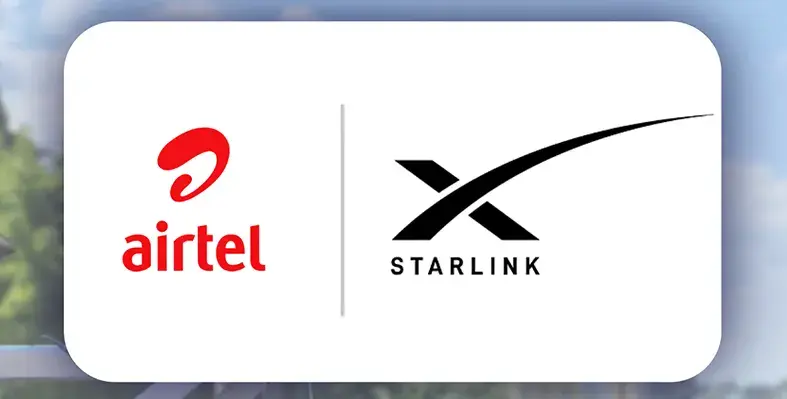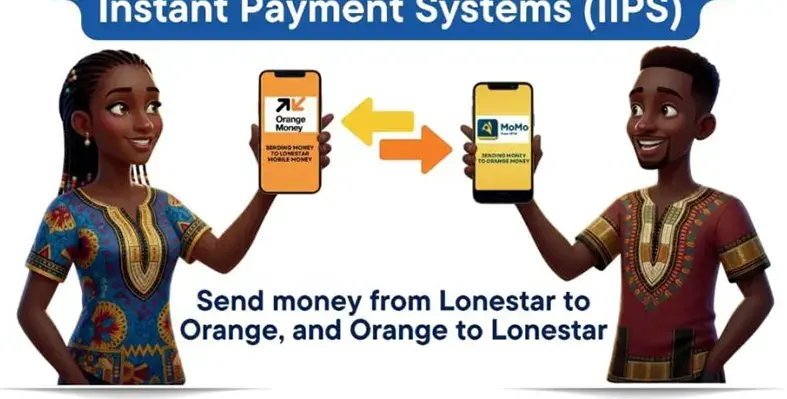Page 2 of 3Next-generation DVB handhelds
Peter Siebert of the Geneva-based DVB Project Office and Frank Hermann of Panasonic co-authored a presentation on the subject of next-generation DVB handhelds, The Ultimate Air Interface for Mobile Television.
The co-written report read, "After having published the DVB-H specification in 2004 and the T2-Lite Annex in the T2 specification DVB in 2011, there is now an additional mobile specification called Next Generation Handheld (NGH).
"T2- Lite is basically a subset of the overall DVB-T2 specification...specifically designed to be implemented easily in already existing broadcast infrastructure. It can be used in combination with T2 fixed broadcast reception. A broadcast network operator can add T2-Lite with marginal costs to an already existing terrestrial broadcast network. NGH on the other side provides the ideal solution for scenarios where compatibility to an already existing broadcast network is not required.
"Under these circumstances NGH can provide superior robustness and/or spectral efficiency as compared to T2-Lite. NGH combines a wide range of latest coding technology and is for sure the most advanced air interface for mobile broadcast. This new air interface combined with bigger screen sizes and improved resolution of new mobile devices like smart phones and tablets could result in an attractive service offering," the presentation concluded.
IP-based broadcast master control
FOX Network's VP of Engineering & Development. Thomas Edwards, addressed the issue of creating a fully IP-based master control system (Figure 2):
"As Ethernet speeds of 10 and 40 gigabits per second are becoming more common, and as speeds of 100 gigabits per second are becoming available, the possibility of transporting uncompressed or lightly compressed HD video over Ethernet is becoming more realistic.
"The adoption of this technology could allow broadcasters to benefit from the economies of scale of a US$21bn Ethernet switch industry, to aggregate multiple video links into single connections, to have hitless redundant switching in the IP domain, and to use simpler video server systems based on off-the-shelf PC platforms. Ethernet could also provide for bandwidth independence to allow 4K and higher resolutions.
"It is likely that the future master control may need to deal with SD, HD, 4K, and 8K formats simultaneously. Rather than devising and purchasing novel cabling systems for higher resolutions devised exclusively for broadcast, it is attractive simply to consider the use of 10 to 100 gigabits per second Ethernet.
"There can be a heterogeneous mix of uncompressed, 'visually lossless' compressed, and 'distribution/highly compressed' video of many resolutions simultaneously being sent over Ethernet in the broadcast plant."
Cloud-based content distribution
Inetsat CEO Pablo Salomon's theme was the use of cloud and edge video servers as an alternative to satellite for linear channel distribution.
"We propose a 'distributed playout' distribution model for linear channels with no live content. It has many advantages in terms of cost and flexibility compared with the traditional satellite distribution model. In this model, satellite Integrated receiver/decoders at the local operator head ends are replaced with low cost video servers connected to low bandwidth internet connections to a back end platform in the cloud.
"Each video server stores enough content so that previously aired content does not need to be distributed again in subsequent repetitions. Content and play list are distributed several hours before air time to ensure continuous playback even if the internet connection goes down for a few hours. The cloud back end monitors and updates the video servers with new content files and play list, allowing the automated operation of hundreds of video servers to be as simple as the operation of a single server. This same architecture can also be used in combination with satellite for localisation/ad insertion purposes.
"The key advantage of this model is its ability to replace the high cost satellite or fiber point to point connections that must have guaranteed bandwidth with low cost, low bandwidth internet connections with no need for guaranteed bandwidth or quality of service while achieving higher reliability and always high image quality on the feed output to the operator. In order to achieve this key advantage, channels must have some characteristics described in the following section.
"Another advantage is not requiring any equipment on the programmer or broadcaster side as no central playout or satellite uplink is needed. The content can be uploaded to the cloud and the channel can be managed from any desktop PC. Also, the internet connection required has the same low bandwidth requirements as the connection at the operator’s side.
"Even if the content needs to be distributed to hundreds of video servers, the channel will only need the bandwidth to upload it once to the cloud and then all the video servers will download it from the cloud."
Continues on Page 3...






















